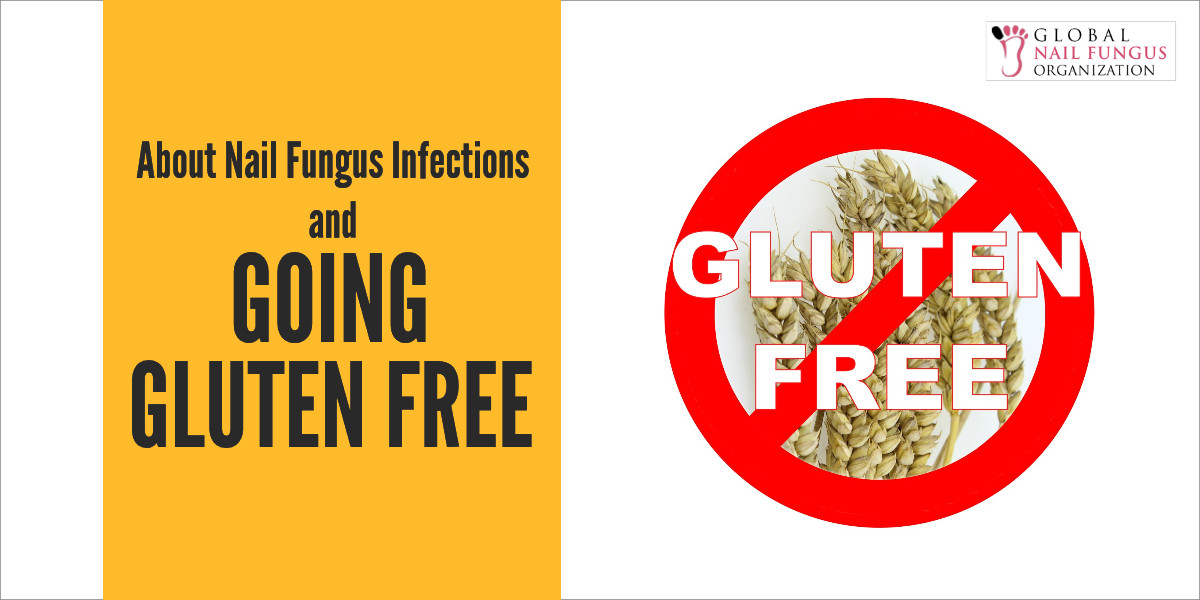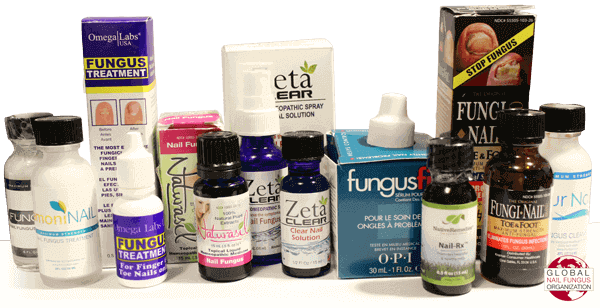 About Nail Fungus Infections and Going Gluten-Free
About Nail Fungus Infections and Going Gluten-Free
Table of Contents
What is Nail Fungus?
Are you familiar with your nails becoming dull-looking, discolored, and rough? Take a look at them again and maybe consider this problem to be a nail fungal infection. Medically speaking, nail fungal infections are called onychomycosis which happens when fungus develop in the cracks or the skin around your nails. Often, they thrive in environments that are rich in moisture, which makes our toenails very prone to this kind of infection. In the world, over 15% of the population encounters this stubborn and frustrating nail problem.
What are the Signs and Symptoms of a Nail Fungal Infections?
Initially, nail fungus can be detected by a white streak or dark discoloration of the nail. It progresses to become more dull-looking and have an unusually rough surface. Once these signs and symptoms appear, it is best to treat them before the severity of the infections manifest, and the cure for it becomes increasingly challenging.
What Type of Fungus Affects The Nails?
Fungal nail infections can be caused by three different types of fungus:
- Dermatophytes
- This type of fungus penetrates the skin, hair, and nails. Commonly, they don’t invade deeper tissues of the body. Trichopyton rubrum, a type of dermatophyte, causes the most popular foot problems like athlete’s foot, and can later on infect your nails.
- Yeast
- Yeast, also called candida albicans, is normally present in the body, but the use of antibiotics, birth control pills, getting sick, and immune system problems may allow an overgrowth of yeast — leading to a yeast infection or other yeast related problems.
- Molds
- This fungus can be seen in the soil and grow on the skin and nails. Usually, its route of transmission is through the environment and not through physical contact.
Fungal Infections: Candida Albicans or Yeasts
What are Candida Albicans?
One of the most common fungal microorganisms present in a healthy individual’s body are strains of yeast Candida Albicans. About 70% of people have this type of fungus at any given time. This fungus is an opportunistic pathogen because it can harmlessly colonize a human’s small intestine, mouth, skin, and urinary tract. In general, when there is an unbalance in good and bad bacteria in the body or a weakened immune system, candida albicans can proliferate.
Candida Can Infect The Skin and Nails
Fungus found in the skin is a pretty common occurrence affecting millions worldwide. Usually, a fungal infection in the skin or nails is not life-threatening. As mentioned, this type of yeast thrives in warm and moist areas like the armpit, groin, and feet. An alarming symptom of the fungal infection in the skin includes intense itches and enlarging skin rashes. Occasionally, they may also be surrounded by smaller rashes appearing along the edge of the major rash. Those having to deal with their feet getting wet for prolonged periods of time may be at the most risk for fungal nail infections.
Yeast Infections and Gluten-Free Diets
How Are Yeast Infections Associated with Gluten?
Candida can start its growth in the gut and can rapidly spread throughout the entire body. This can be evident if you are suffering chronic skin issues, exhaustion, and sore joints without a reason. When candida resides in your gut, it tends to consume glucose and gluten as energy sources. In addition, some laboratory studies have indicated that excess glucose intake weakens the immune system’s response to candida, as well as affect the effectivity of some anti-fungal drugs.
What Is A Gluten Free Diet?
Gluten is a type of protein found in carbohydrate-rich foods. Essentially, gluten-free diets are prescribed to individuals who suffer from hypersensitivity to gluten (also called Celiac Disease). The principle of gluten-free diet is eliminating gluten-rich foods like wheat, barley, and rye. Among the other foods one would be allowed to eat while complying to this diet are:
- Beans, seeds, nuts (unprocessed)
- Fresh eggs
- Fresh meats, fish, poultry
- Fresh fruits and vegetables
- Most dairy products
- Quinoa
- Rice
- Sorghum
- Soy
- Tapioca
Gluten foods like the following should be avoided:
- Beer
- Breads
- Cakes and pies
- Cereals
- Crackers and cookies
- French fries
- Gravies
- Imitation meat or seafood
- Pasta
Excluding gluten from your diet may seem like a daunting and delimiting task. Fortunately, several alternative products and creative dishes have been available for those who want to do a gluten-free diet.
How Can A Gluten Free Diet Help In Treating Nail Fungal Infections?
In treating nail fungal infections, many can attest that one cure does not fix the problem. More often than not, physicians prescribe combination therapies in order to completely rid you of your nail fungal infections. Nutrition therapy is an alternative added treatment that you can supplement to be able to achieve better results. Undeniably, the best diet for nail fungal infections are gluten-free diets. The avoidance and reduction of gluten-filled products will help in limiting the chances for recurrences or reinfections.
Conclusion: A Gluten-Free Diet Can Aid Your Nail Fungus Infection
Fungal nail infections can originate from three different types of fungi, but what remains to be the most common causes come from a yeast called Candida albicans. Usually, these forms of fungi reside in the gut and may proliferate throughout the body. If your nails become discolored, dull-looking, and rough in the surface, consider this as signs for a nail fungus infection. Nowadays, several treatments and therapies for nail fungus are getting more advanced. However, recent studies have shown an association between nail fungus and gluten-free diets to produce a positive improvement when treating a nail fungal infection. Fungi can feed off from sugar and gluten, which explains why a gluten-free diet may be beneficial for a person suffering from onychomycosis.
Nutrition therapy can only supplement in treating your nail fungal infection. Therefore, proper treatment prescribed by physicians is still highly advised. Combining proper nail treatment, like topical solutions with undecylenic acid and tea tree oil, proper nail care, and a good diet can create a huge impact on your nail’s health.






